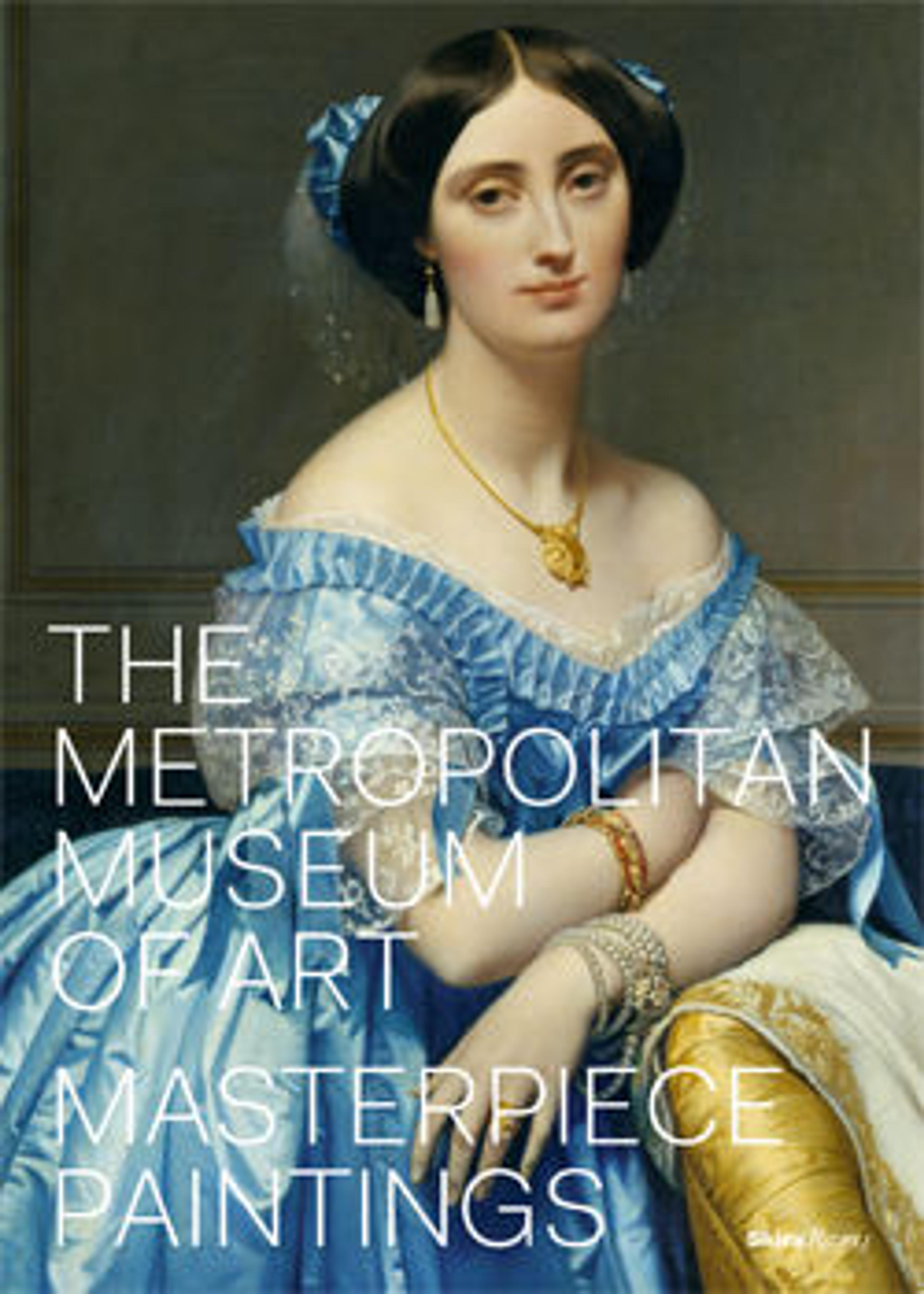Alexander Hamilton
Alexander Hamilton (1755/57–1804), the first secretary of the US Treasury, was born in the British Caribbean colony of Nevis and later moved to Saint Croix, a Danish colony of sugar plantations fueled by enslaved labor. Hamilton’s early exposure to the networks of transatlantic trade in the West Indies impacted his political philosophy and career. This portrait by Trumbull balances the interests of its sitter and patrons. Merchants wanted to celebrate Hamilton’s civic accomplishments, but he preferred to avoid political imagery. As a result, the canvas depicts the famous statesman as an elite citizen of the new American republic.
Artwork Details
- Title: Alexander Hamilton
- Artist: John Trumbull (American, Lebanon, Connecticut 1756–1843 New York)
- Date: 1792
- Culture: American
- Medium: Oil on canvas
- Dimensions: 86 1/4 x 57 1/2 in. (219.1 x 146.1 cm)
- Credit Line: Jointly owned by Crystal Bridges Museum of American Art and The Metropolitan Museum of Art, Gift of Credit Suisse, 2013
- Object Number: 2013.454
- Curatorial Department: The American Wing
More Artwork
Research Resources
The Met provides unparalleled resources for research and welcomes an international community of students and scholars. The Met's Open Access API is where creators and researchers can connect to the The Met collection. Open Access data and public domain images are available for unrestricted commercial and noncommercial use without permission or fee.
To request images under copyright and other restrictions, please use this Image Request form.
Feedback
We continue to research and examine historical and cultural context for objects in The Met collection. If you have comments or questions about this object record, please complete and submit this form. The Museum looks forward to receiving your comments.
